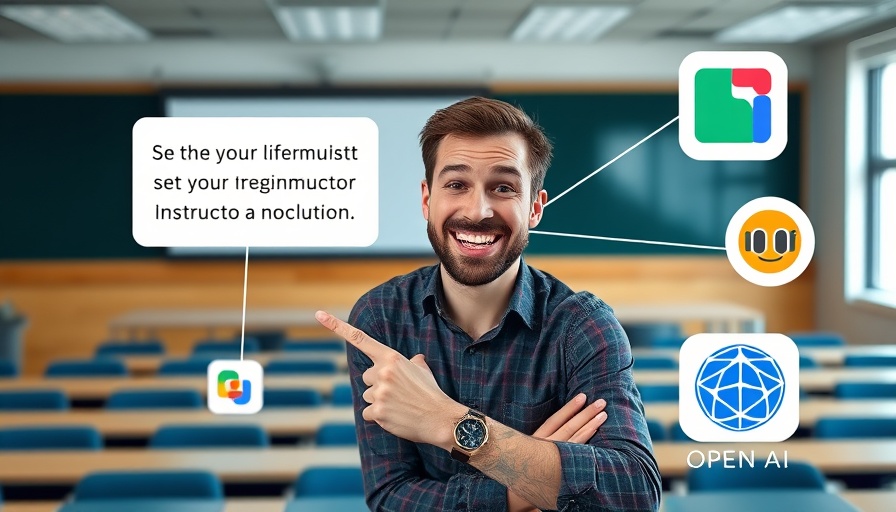
Reimagining Meetings for a Productive Future
In the engaging TED podcast titled Why we need better meetings, the argument is made that most meetings are often unproductive and overly lengthy. This resonates strongly across various sectors but especially for African tech enthusiasts who regularly engage with collaborative work. The speaker emphasizes how rethinking our approach to meetings can be a game-changer. By prioritizing efficiency and clarity, teams can foster more innovative discussions and harness the true potential of their collaborations.
In Why we need better meetings, the discussion dives into the importance of rethinking collaboration dynamics, exploring key insights that sparked deeper analysis on our end.
The Missing Element: Purpose and Planning
One of the core insights shared in the podcast is the importance of establishing clear objectives for each meeting. Many participants often leave meetings feeling confused about decisions made or lose sight of the original purpose. For tech companies and startups emerging in Africa, where resources may be limited, implementing more structured agendas can drastically improve meeting outcomes. Focusing on intended results can keep discussions on track and guarantee that every voice is heard.
The Benefits of Embracing Technology
Additionally, embracing technology can further enhance meeting dynamics. Virtual platforms can streamline communication and support collaborative tools that allow for real-time brainstorming and idea sharing. For tech-savvy Africans, leveraging digital resources not only saves time but can also foster a more inclusive environment, allowing input from team members who may be unable to attend in person.
 Add Row
Add Row  Add
Add 




Write A Comment